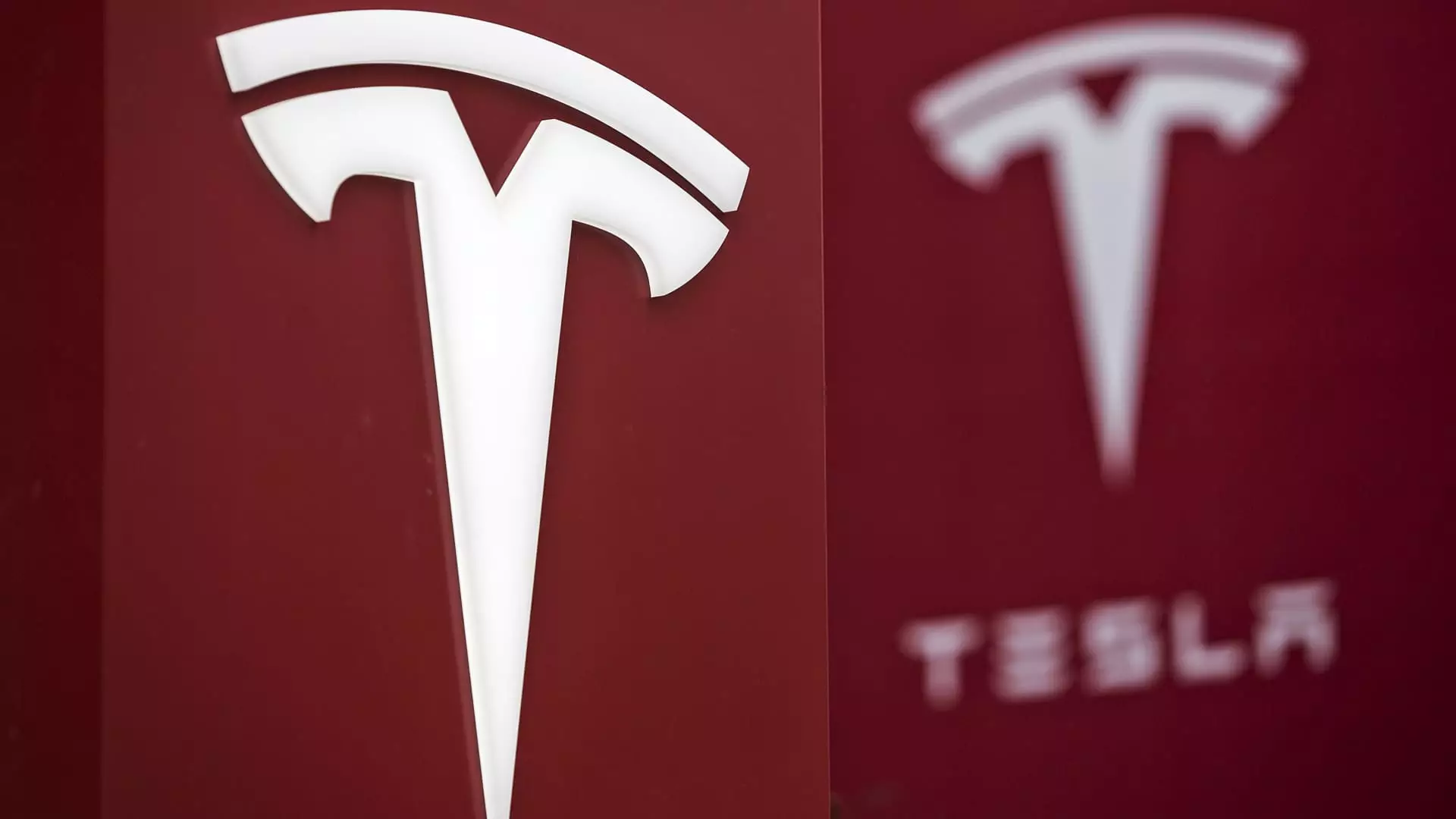Tesla CEO Elon Musk has recently announced plans for a new robotaxi product to be revealed in August. However, the California Department of Motor Vehicles and the California Public Utilities Commission have not heard from Tesla regarding permits for operating a driverless car service in the state.
To operate a robotaxi service in California, companies must obtain permits from both the DMV and the CPUC. Tesla currently only has the lowest-level permit from the DMV, allowing them to test autonomous vehicles with human drivers present. Without the necessary permits, questions arise regarding how quickly Tesla can launch their robotaxi service.
California regulations require companies like Tesla to follow specific guidelines for deploying autonomous vehicles and operating as businesses. This includes the need for approval from both the DMV and the CPUC. Waymo, a competitor in the robotaxi space, took eight months to obtain their initial CPUC permit.
Tesla has taken a different approach to self-driving technology compared to companies like Waymo and Cruise. They have focused less on expensive hardware sensors like LiDAR and have gradually rolled out driver assistance systems nationwide. However, Tesla’s “full self-driving” product still requires a human driver to be present.
While California is a crucial market for Tesla, they could potentially seek to launch their robotaxi service in other states. Each state has different regulations regarding robotaxis, and Tesla may explore opportunities outside of California to expand their service.
Elon Musk has discussed various plans for a robotaxi service, including a fleet of Tesla vehicles leased to individuals for use as robotaxis. He has also mentioned a decentralized ownership model, where Tesla owners could rent out their cars for fares.
Operating a nationwide robotaxi fleet would require authorization from multiple states or localities. Companies like Waymo and Cruise have obtained permits in states like Arizona and California for their services. However, regulatory hurdles and safety concerns have led to setbacks, such as Cruise halting operations after an accident in San Francisco.
Tesla’s plans to launch a robotaxi service raise various challenges and opportunities in the autonomous vehicle industry. While California regulators have not heard from Tesla regarding permits, there is potential for Tesla to navigate regulatory hurdles and expand their service beyond California. Elon Musk’s vision for a robotaxi service aligns with Tesla’s innovative approach to self-driving technology, but the company will need to address regulatory requirements and safety concerns to bring their vision to life.

Leave a Reply